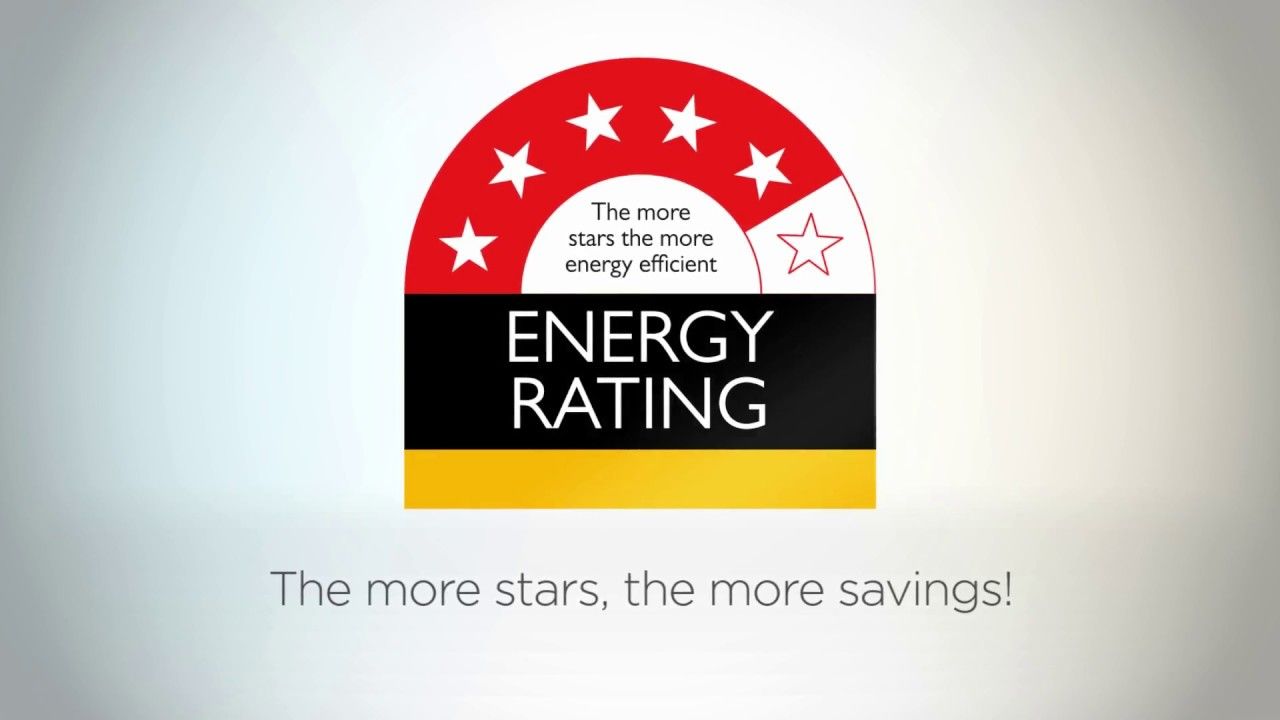Home energy star ratings and what they mean
Understanding the energy efficiency of your home is crucial. The NatHERS star rating, ranging from 0-10 stars, evaluates the thermal comfort of a house. A higher rating indicates better energy efficiency, potentially reducing the need for artificial heating or cooling.

NatHERS (Nationwide House Energy Rating Scheme) assessments are typically used to meet the National Construction Code's minimum energy efficiency requirements.
NatHERS energy assessment tools are used by energy assessors to calculate the amount of heating and cooling required for a house or apartment to remain comfortable throughout the year. The result is denoted by a star rating from 0-10 stars.
What the stars mean
Homes with a higher star rating tend to be more thermally comfortable, cost-effective and energy efficient than those with a lower star rating.
- A 0-star rating indicates that the building shell has limited effect on mitigating discomfort due to hot or cold weather.
- In most states and territories, a 6-star rating is the minimum standard, indicating good thermal performance.
- A 10-star rated home may be able to maintain comfortable temperatures without the need for artificial cooling or heating (reduced energy bill costs).
A star band is a range of stars from 0 to 10 based on the amount of energy estimated to be used for homes in different environments.
To create a comfortable, energy-efficient home it is important to take into consideration the energy performance of your home.
How ratings are determined
The NatHERS rating tools are based on scientific research conducted by the CSIRO.
The rating of your home is determined by its compatibility with the local climate conditions.
- The arrangement and direction of the home.
- The construction methods and materials used for the roof, walls, windows and floor should be considered.
- Consider factors such as the shading of the sun's path and the effectiveness of local breezes when optimising your home.
What's not rated
NatHERS ratings do not include hot water systems, lights and household appliances because they are likely to be replaced multiple times throughout the lifespan of the structure.
Energy rating assessments
Assessors enter data regarding a home's plans and construction into NatHERS Accredited Software, which then produces a star rating.
Early engagement with an assessor is recommended during the design phase. They will provide advice on features such as building orientation and construction, which may be difficult to alter when approaching the approvals stage. Design considerations are essential for reaching a high star rating.
To conduct an energy rating assessment for your home, you can choose between engaging a NatHERS Accredited Assessor or a non-accredited assessor. However, it is important to verify the requirements of the Australian state or territory in which you are located in order to determine if house energy rating certificates from non-accredited assessors will be accepted for building approval.
Engaging a NatHERS Accredited Assessor is beneficial to ensure you are receiving the best advice. Accredited assessors must adhere to certain criteria.
- Assessors must abide by a Code of Practice that demands professional standards and consumer protection.
- Quality assurance reviews are conducted independently.
- Professionals receive ongoing training to maintain industry best practices.
Checkout https://yourhome.gov.au/house-designs for some FREE (yes free) energy efficient house designs.
I have never seen any of these designs built to date and I think they are stunning. The government has spent a heap of money on these and the designs include almost everything you need to build them.
Here is an example of one of the plans available to download - the Telopea House (Brisbane version)


Discussion